
Greenland’s glacial lakes are known for their vibrant blue color, but recently, they’ve turned a murky brown. This shift signals significant environmental changes with global consequences.
What Are Greenland’s Blue Lakes?
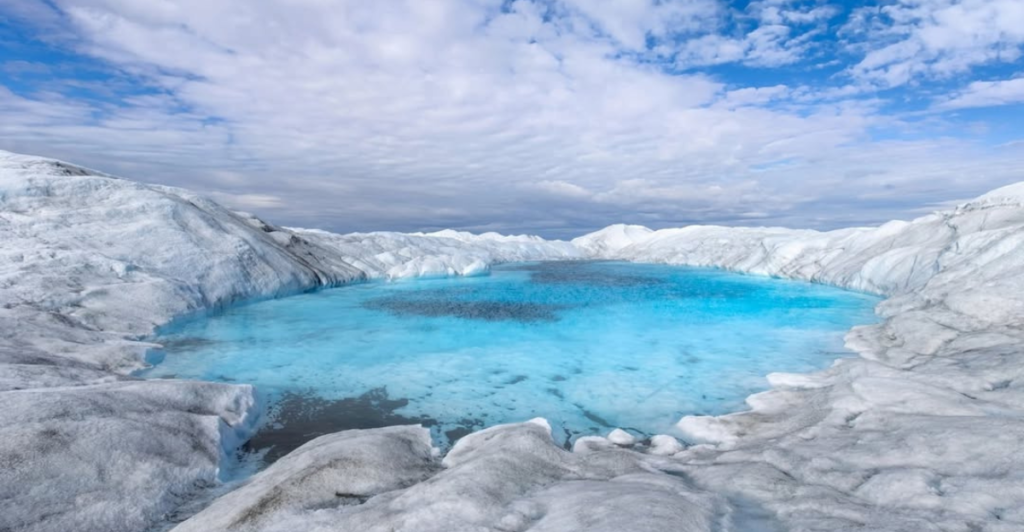
These are stunning meltwater lakes that form on the ice sheet’s surface during the summer months. They appear in vibrant shades of blue due to the way pure ice melts and provides fresh, clean water. While these lakes are a natural seasonal phenomenon, recent changes in their color—from brilliant blue to murky brown—have raised concerns among scientists.
The Sudden Color Change
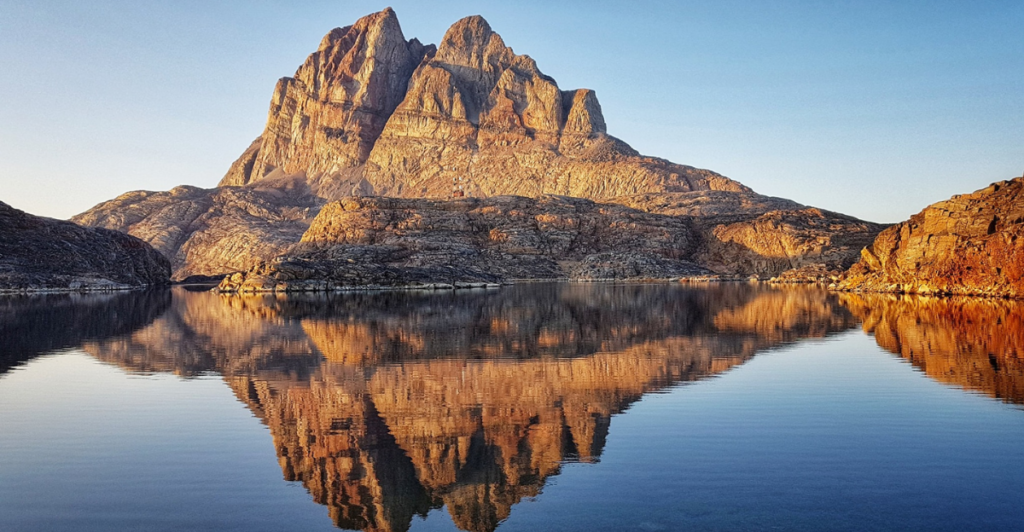
In the fall of 2022, Greenland’s pristine blue lakes rapidly transformed, shifting to a murky brown hue. This sudden discoloration altered the visual landscape and had significant ecological implications. The darker waters impeded sunlight penetration, disrupting the photosynthetic processes of aquatic plankton.
The Cause Of This Sudden Change
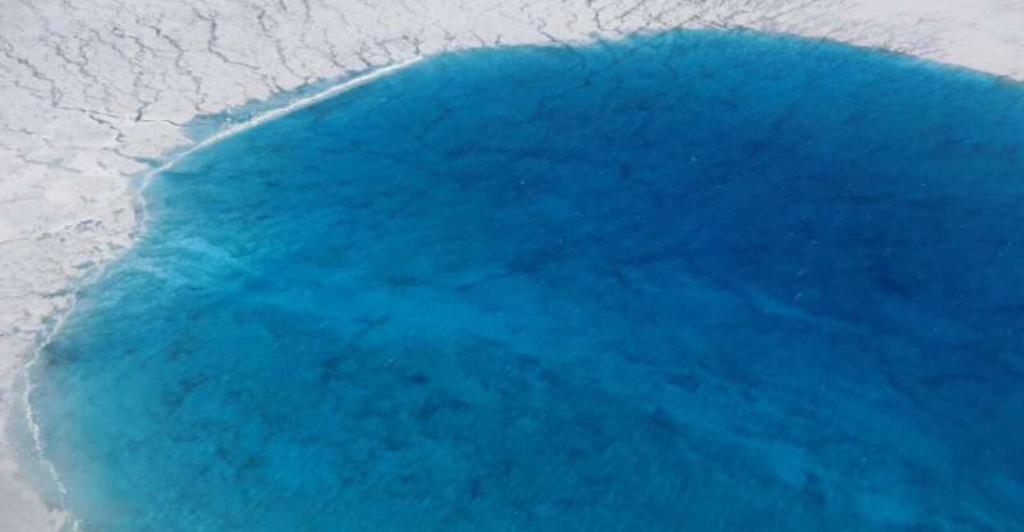
In 2022, the snowy season was disrupted by record heatwaves and rainfall. This unusual weather thawed the island’s permafrost, releasing stored carbon, iron, and other elements into the lakes and turning them brown. Consequently, there was a decline in plankton species that absorb carbon dioxide (CO₂) and a rise in those that release it. As a result, lakes that previously acted as carbon sinks began emitting CO₂ into the atmosphere.
Rising Temperatures Are Melting More Ice
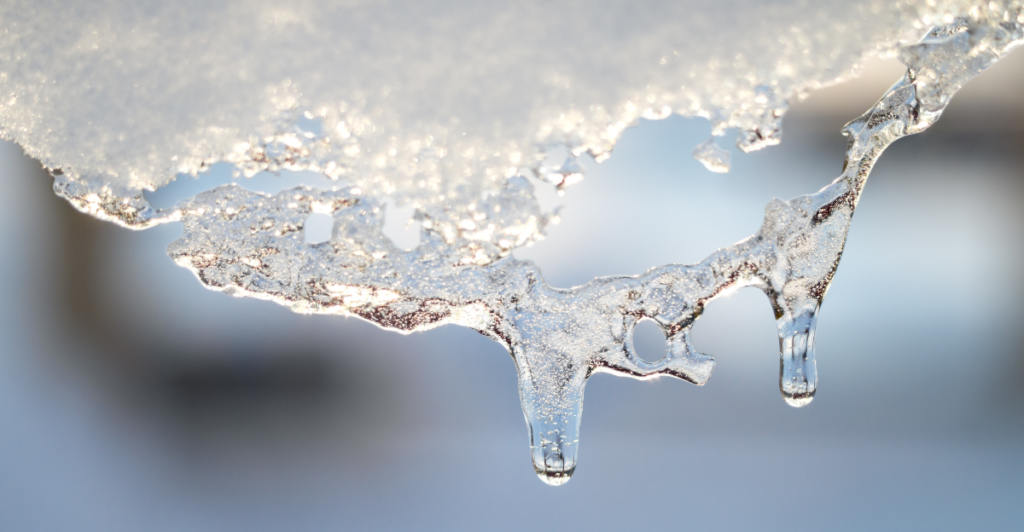
As global temperatures climb, heatwaves and unseasonal rainfall become more frequent, increasing surface melting across the ice sheet. This excess meltwater forms larger and more numerous lakes and seeps into the ice, creating cracks and further destabilizing the glacier. The more ice melts, the more dark, liquid water is exposed, which absorbs heat more efficiently than reflective ice, compounding the warming effect.
Algae Blooms Are Thriving in Warmer Waters
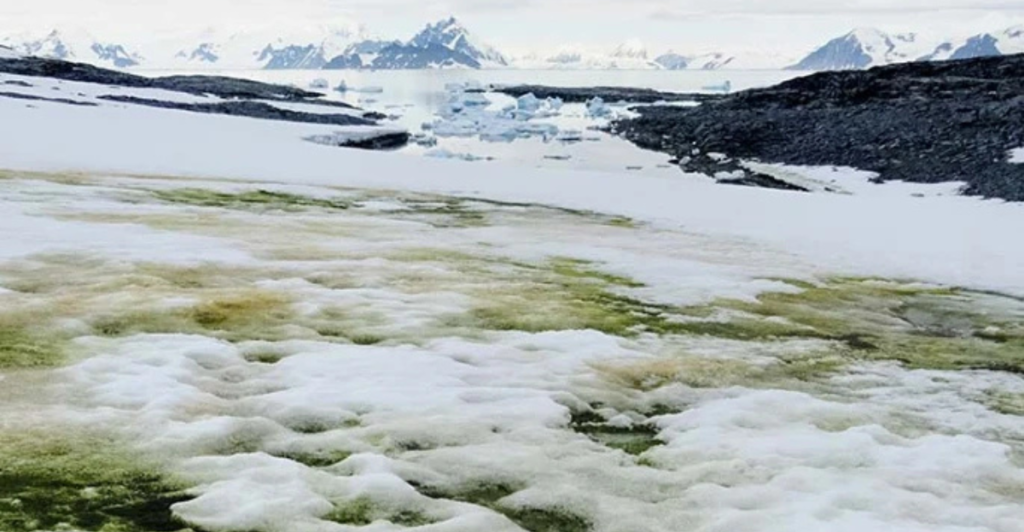
The rising temperatures and increased nutrient runoff from melting permafrost create ideal conditions for algae to flourish. These blooms can darken the water, reducing its ability to reflect sunlight and further accelerating warming. Some types of algae even release carbon dioxide as they decompose, turning these lakes from carbon sinks into carbon sources.
Why This Matters For The Arctic Ecosystem
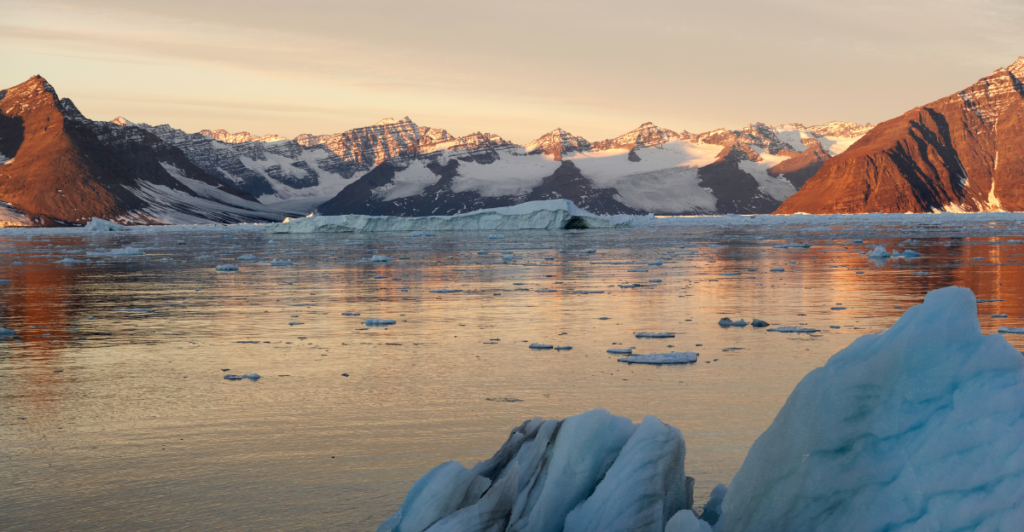
These lakes play a crucial role in regulating the region’s climate by reflecting sunlight and storing carbon. As they turn brown due to melting permafrost and increased algae growth, they absorb more heat, accelerating ice melt and altering local temperatures. This shift impacts microorganisms, aqua, aquatic life, and larger animals that survive on stable ice conditions.
Impact On Fish And Aquatic Life
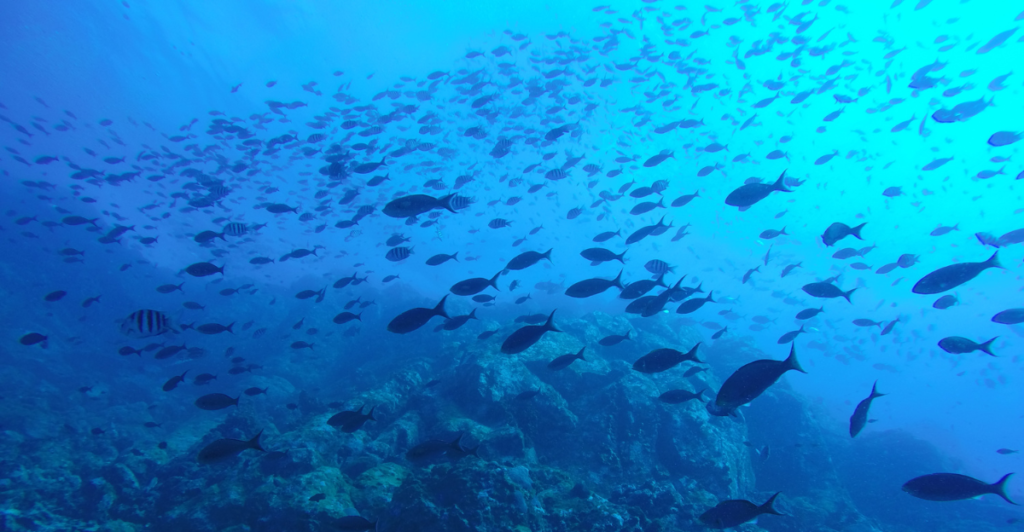
Many microscopic organisms that rely on photosynthesis struggle to survive, reducing food availability for larger species. The decomposition of organic material in the lakes can also lead to lower oxygen levels, making it harder for fish to thrive. These changes could alter the delicate balance of Greenland’s aquatic ecosystems, potentially leading to declines in fish populations and shifts in biodiversity that affect the entire Arctic food web.
How Local Wildlife Is Affected
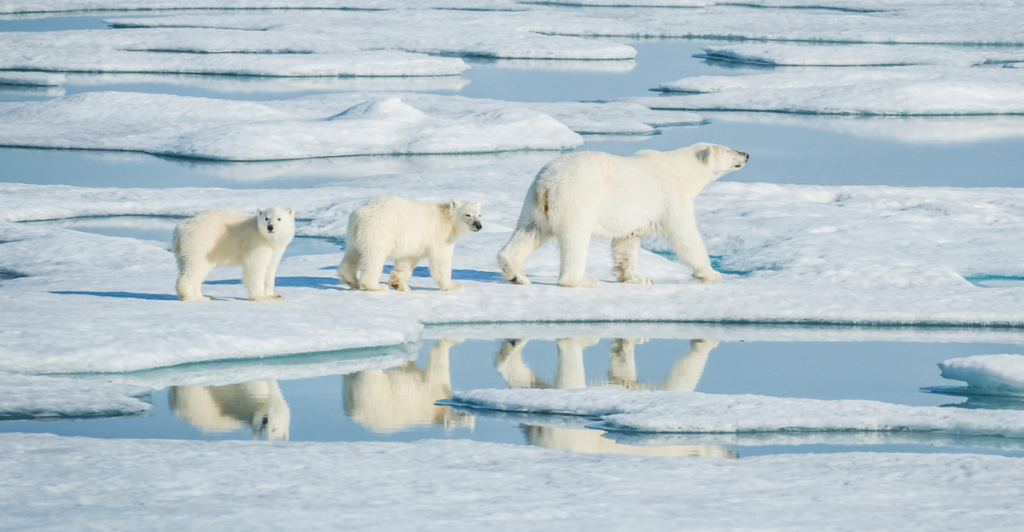
Many animals, from migratory birds to land-dwelling mammals like musk oxen, rely on these freshwater sources for drinking and feeding. As the lakes turn brown and their chemical composition changes, water quality may decline, making it less suitable for wildlife. The increased presence of algae and sediment can also impact fish populations, which serve as a key food source for birds and other predators. The broader changes in ice melt and warming temperatures further threaten species that depend on stable ice conditions, like polar bears and seals.
What This Means For Climate Change
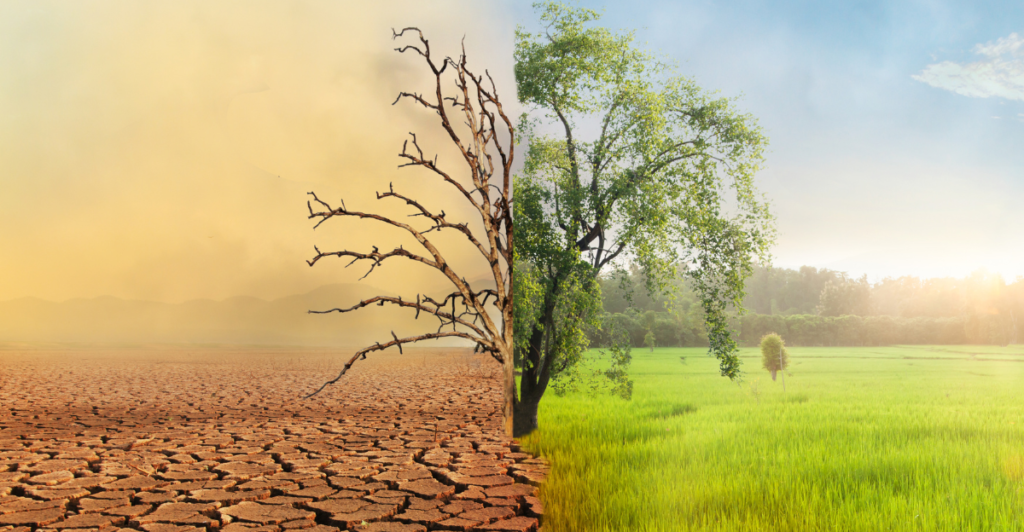
Once vibrant and reflective, these lakes now absorb more sunlight, contributing to a faster melting of the surrounding ice sheet. As the ice retreats, it releases more carbon and methane previously trapped in the permafrost, further fueling global warming.
Could This Be Reversed?
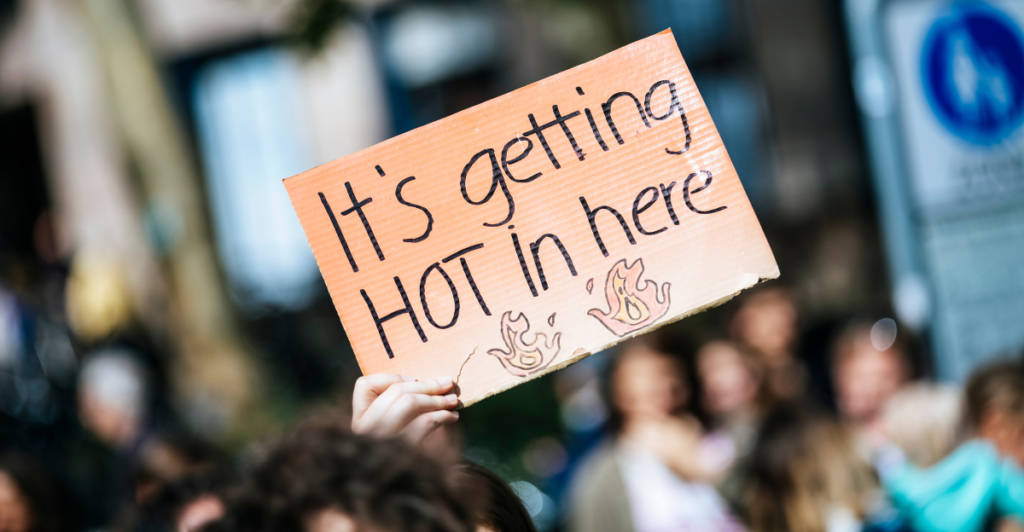
Reversing the transformation of Greenland’s blue lakes from clear to brown seems unlikely soon, as the underlying factors driving this change are closely linked to broader climate shifts. The warming temperatures and increased rainfall that have triggered the changes are part of a global trend that is difficult to reverse without significant reductions in greenhouse gas emissions. While some localized efforts, such as reducing pollution or restoring natural water flow, might help slow the process, the fundamental problem lies in the accelerating pace of climate change.
What Can We Do?

Addressing the changes happening in Greenland’s lakes—and, more broadly, in the Arctic—requires collective global action to combat climate change. Reducing greenhouse gas emissions is the most effective step, as it would slow the rate of global warming, limiting the rise in temperatures that contribute to ice melt and ecosystem disruption. Transitioning to renewable energy sources, investing in sustainable practices, and promoting reforestation can help mitigate the effects. Supporting scientific research to understand better these shifts and developing adaptive strategies for affected communities is crucial.
The Warning We’re Given
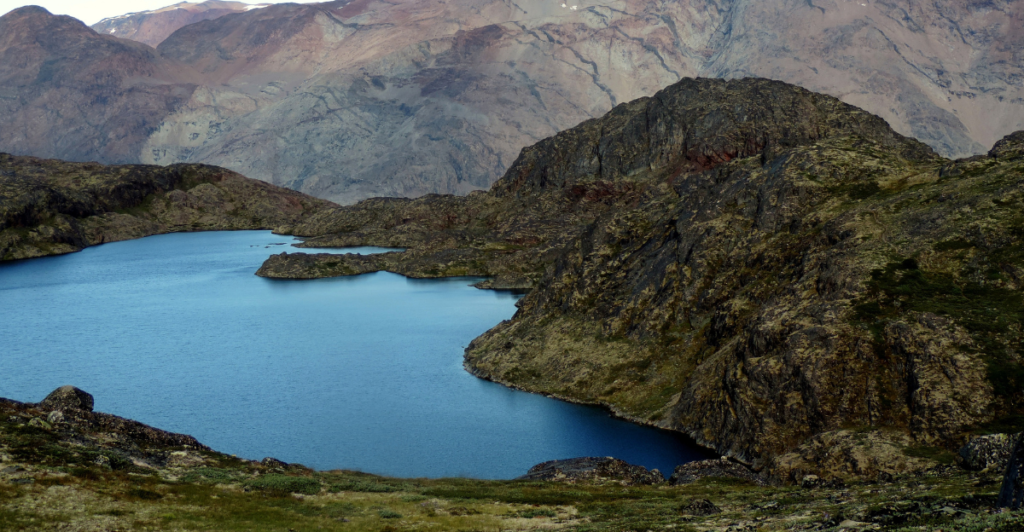
The sudden change in Greenland’s blue lakes is a stark warning about climate change’s rapid and unpredictable consequences. The accelerated pace of these changes underscores the urgency of addressing climate change before more irreversible tipping points are reached. The warning is clear: if we fail to act now, the cascading effects of environmental disruption will be felt worldwide.
Discover more of our trending stories and follow us to keep them appearing in your feed

California Is Breaking Apart: A Fault Line Is Forming Faster Than Anyone Predicted
The War on Cows Is Over—And Green Extremists Have Lost
Scientists Are Bringing Back The Wooly Mammoth
The 12 Dog Breeds I’d Avoid At All Costs
References:
Reference 1
Reference 2
Reference 3
This article first appeared here
Stay connected with us for more stories like this! Follow us to get the latest updates or hit the Follow button at the top of this article, and let us know what you think by leaving your feedback below. We’d love to hear from you!







